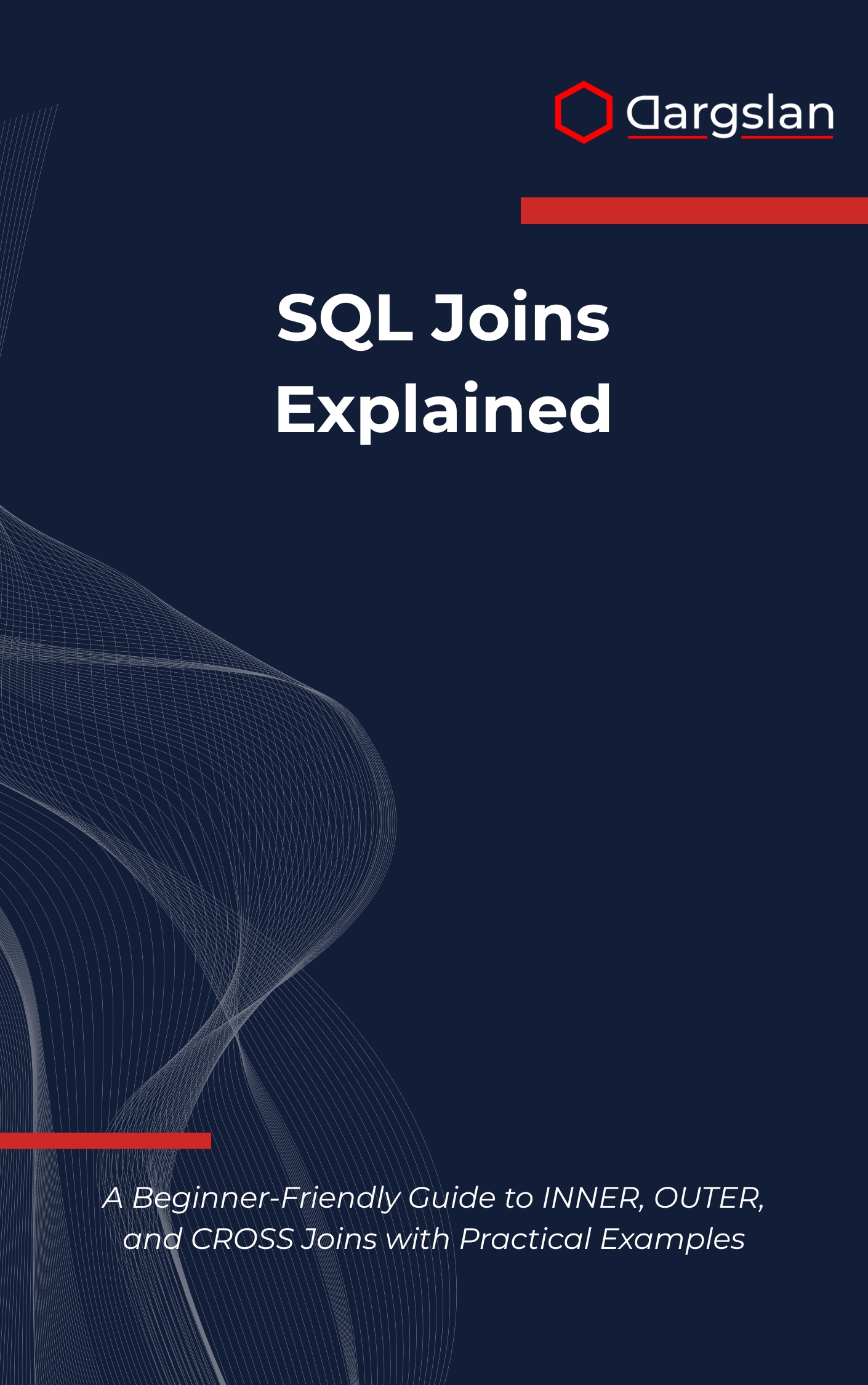SQL Joins Explained
SQL Joins Explained: A Beginner-Friendly Guide to INNER, OUTER, and CROSS Joins,Master SQL joins to combine and analyze data across multiple tables.

Confused by SQL joins or tired of memorizing syntax without truly understanding how tables relate? This approachable, expert-crafted guide turns complex database relationships into clear, repeatable skills you can use on the job today.
From first principles to production-ready queries, you’ll learn how to connect data confidently and optimize for performance across real platforms.
A Beginner-Friendly Guide to INNER, OUTER, and CROSS Joins with Practical Examples
Overview
SQL Joins Explained demystifies one of the most important concepts in relational databases by breaking down how tables connect, why joins matter, and how to write efficient, correct queries. Designed as A Beginner-Friendly Guide to INNER, OUTER, and CROSS Joins with Practical Examples, it provides step-by-step explanations, visual reasoning, and hands-on exercises that translate directly into workplace value.
This IT book is both a programming guide and a technical book, suitable for anyone working with SQL in analytics or software development. You’ll practice the full range of SQL joins—INNER JOIN, LEFT JOIN, RIGHT JOIN, FULL OUTER JOIN, CROSS JOIN, and Self joins—while mastering multi-table queries and robust database relationships.
Beyond syntax, you’ll learn how to think about data connections, map schemas, and choose the right join for the job. The book covers SQL syntax across MySQL, PostgreSQL, SQL Server, and Oracle, with notes on cross-dialect nuances so your skills transfer smoothly across systems.
Expect practical coverage of query optimization, join performance, and common pitfalls, backed by realistic business datasets. Whether you’re preparing for interviews or improving day-to-day data analysis, this programming guide moves you from copying examples to composing clean, reliable solutions.
Key topics are integrated naturally throughout: SQL joins, INNER JOIN, LEFT JOIN, RIGHT JOIN, FULL OUTER JOIN, CROSS JOIN, Self joins, Multi-table queries, Database relationships, Query optimization, Relational databases, Data analysis, SQL syntax, Database programming, and Join performance.
Who This Book Is For
- New analysts and developers who want to build a solid foundation in SQL joins and confidently connect data across multiple tables for reporting and dashboards.
- Working professionals in BI, data engineering, and software development who need clear patterns to select the right join type, avoid duplication, and improve join performance.
- Students, bootcamp grads, and job seekers aiming to ace SQL interviews with real-world examples, optimized queries, and practical explanations you can articulate under pressure.
Key Lessons and Takeaways
- Translate business questions into precise join logic by modeling database relationships and selecting INNER, LEFT, RIGHT, FULL OUTER, CROSS, or Self joins with confidence.
- Write multi-table queries that return accurate results the first time, using filters, grouping, and null handling to avoid row explosions and missing data.
- Improve join performance with indexing strategies, predicate placement, and execution-plan reading, so your queries scale on real datasets across major SQL platforms.
Why You’ll Love This Book
Clarity comes first: each concept is explained visually and incrementally, then reinforced with hands-on examples and annotated results. You won’t just see the right answer—you’ll understand why it’s right and how to adapt it to new problems.
The guide spans foundational to advanced techniques without losing accessibility. You’ll practice complex joins, multi-table operations, and cross-dialect SQL syntax, all while learning practical optimization habits that make your queries fast and reliable in production.
How to Get the Most Out of It
- Follow the chapters in order to build a mental model: start with basic relationships, progress through each join type, then tackle multi-table queries and performance tuning.
- Apply every technique to your own datasets: replicate examples in MySQL, PostgreSQL, SQL Server, or Oracle, compare results, and note dialect-specific differences.
- Complete mini-projects: create a customer-orders-products report with edge cases, analyze churn with LEFT and FULL OUTER joins, and benchmark indexes to improve runtime.
Get Your Copy
If you’re ready to turn join confusion into a durable skill set—complete with diagrams, real datasets, and optimization tips—this is the single resource you’ll keep open while you work.




